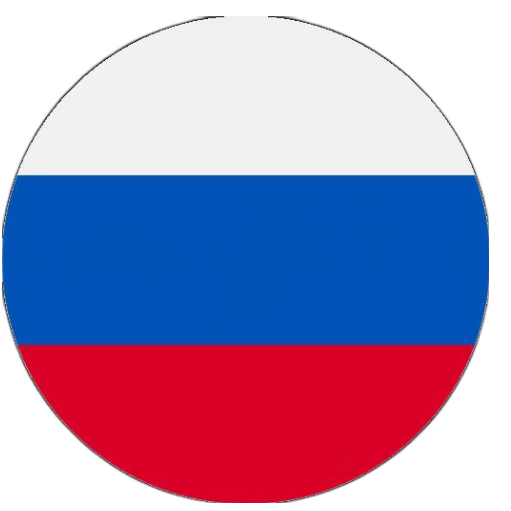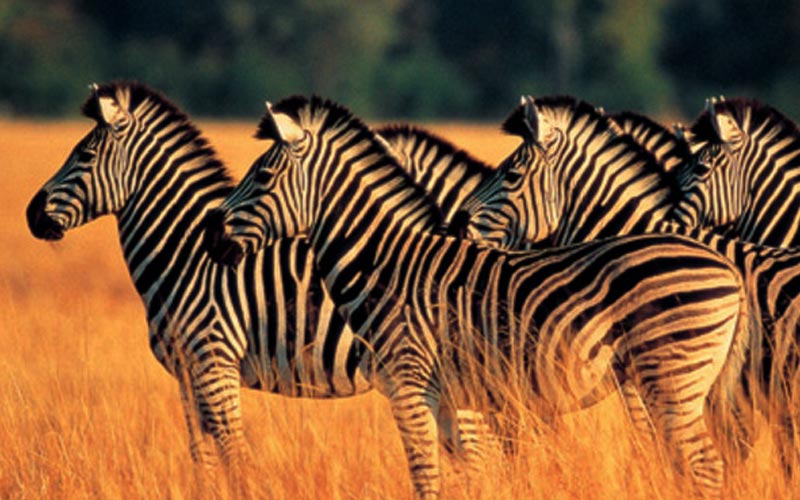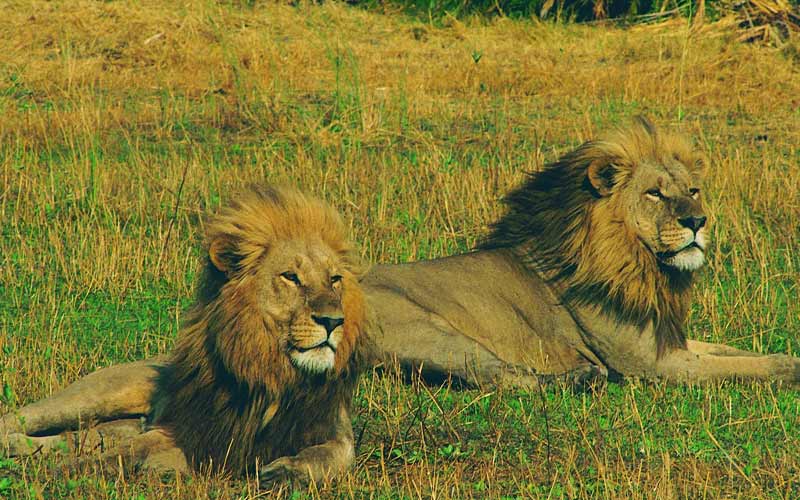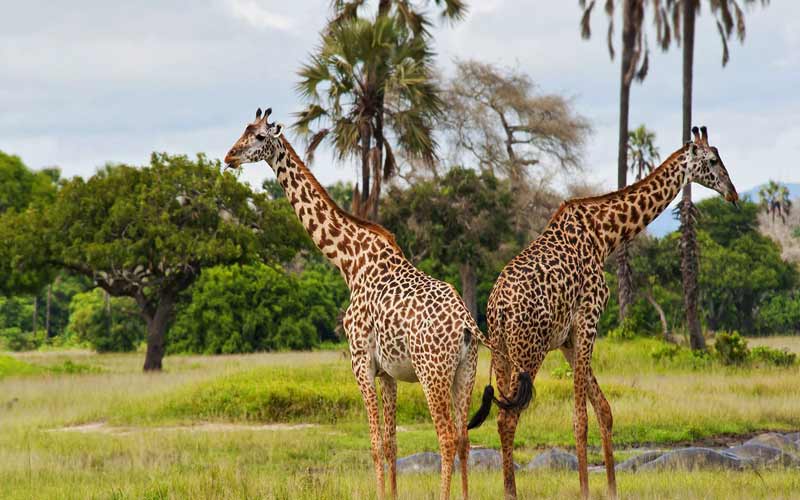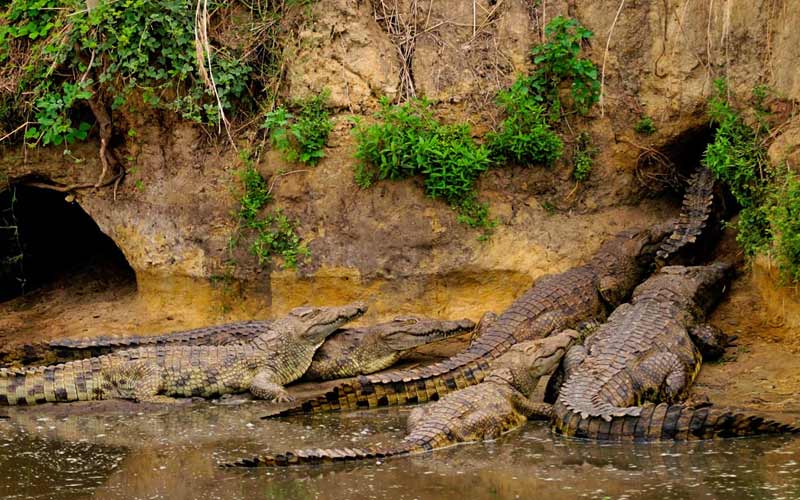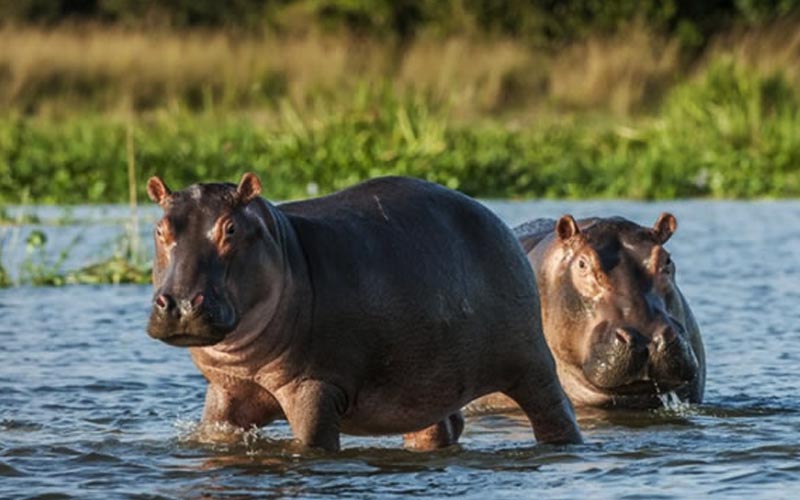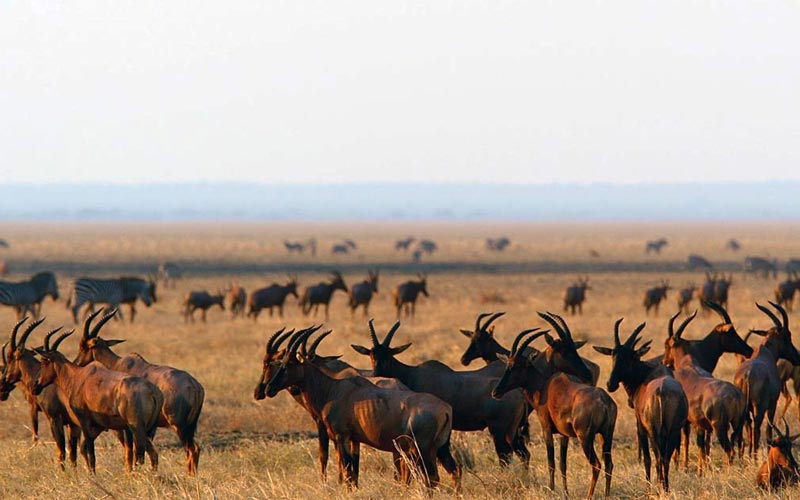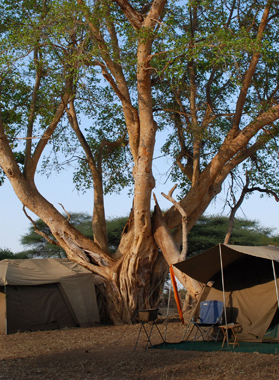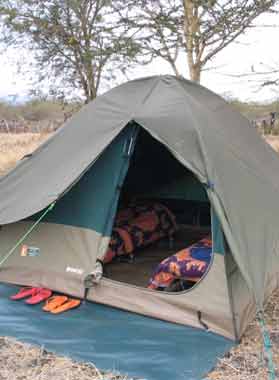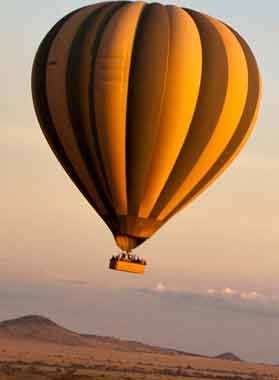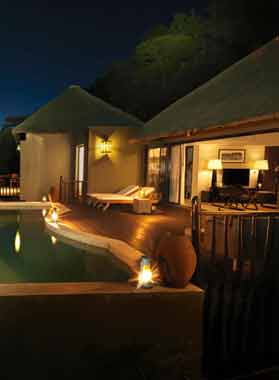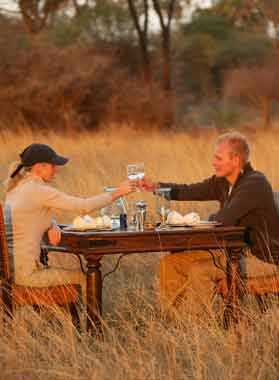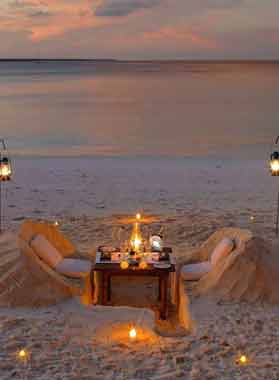
Katavi National Park
Season And Climate
Katavi is a hot place in the Dry season (May to October), aside from the nighttimes when the temperature sinks alongside the sun. Not by much, however – evenings normal a warm 17°C/63°F. The Wet season (November to April) is when things get extremely awkward, with abnormal amounts of warmth, in addition to mugginess on account of the blending precipitation.
How To Get There
The most ideal approach to reach Katavi National Park is by taking chartered flights that start from the town of Arusha or the capital city of Dar es Salaam
Activities
- Walking safari
- Game drive
- Bird watching
- Aerial safari
- Bush dinners
Highlights
- Rare antelope species, similar to sable and roan
- Katavi gloats of monstrous crowds of wild oxen
- It has the most astounding hippo and crocodile people in Tanzania
Pros and Cons
Pros
- Great general untamed life finding in the Dry season
- Hippo cases join in grand numbers in the Dry season
- Extremely select and doesn't wind up swarmed
Cons
- Hard to get to and convenience decisions are constrained
- Creatures are dispersed in the midst of the Wet season, and most hotels are closed from March to May
Overview
Katavi National Park arranged in Mpanda region, the Park spread a zone of 4471 km², together with the neighbouring Rukwa, Lukwati and Luafi Game Reserves and various forest reserves, this environment of 25 000 km² is the core of one of the greatest and most extravagant wildlife regions in Tanzania. Katavi National Park got its name from the spirit Katabi (from the Wabende tribe). Katavi is transcendently high fields prairie, which ends up swampy wetland during the downpours, sprinkled with edges of the miombo forest and dissipated acacia. It has 2 lakes, Lake Katavi in the north and Lake Chada in the south, nourished by the Kutuma River. These lakes are aired out fields during the dry season from June to November and top off just in the blustery season.
The park's fundamental highlights are the watery grass fields toward the north, the palm-bordered lake Chada in the southeast and the Katuma River. In the dry season, the Kutuma River therapists to a limited stream, with pools that become the amazingly confined quarters of several hippos and crocodiles. Truth be told, it is said that Katavi is home to the most elevated thickness of hippos and the biggest crocodiles in Tanzania Safari, and the dry winter makes for magnificent review of these floundering animals. Katavi's huge biological system implies that the rich floodplains draw in enormous biomass and colossal groups of wildlife. It isn't remarkable to see crowds of more than 1000 bison at any given moment, alongside huge groups of topi and zebra, all touching the fields during the day when they are less powerless against predators, while they want to come back to the overall wellbeing of the forest around evening time. The bounty of prey implies that predators are by the drove. Katavi National Park is home to lion, panther, spotted hyena, cheetah, wild dog, wild feline, serval and caracal. There are more than 400 bird species, giving it equivalent credit to bird-watchers as well.
Want to visit Katavi National Park, the relatively untouched wilderness paradise, situated in the western area of Tanzania Destinations. Join with Face Of Africa Adventures today.
Information
Suggested Itineraries
Need a more customised exprience?
We will make it happen.
Arusha Office:
- Phone: +255 784 162 038
- Email: info@faceafricaadventures.com
- Address: Moivo Olorein Ppf, Block 668 Agm Street Arusha Tz, 23100
USA Office:
- Skype: raydigiacomojr
- Email: sales@faceafricaadventures.com
- Address: Laguna Beach, California,
Enquiry Now
"We love hearing from you.So if you have any comments,questions,queries,or you just want to say hello,please get in touch with us".

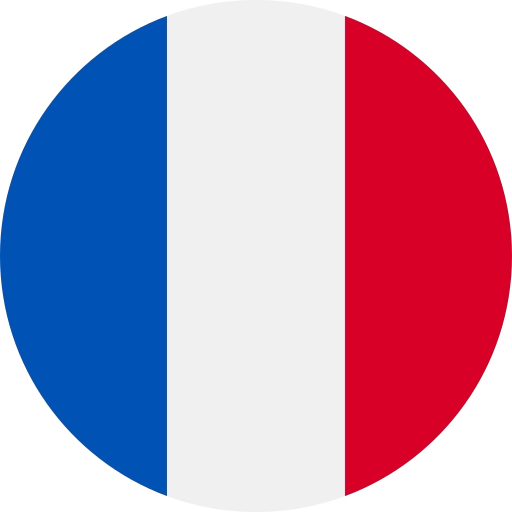
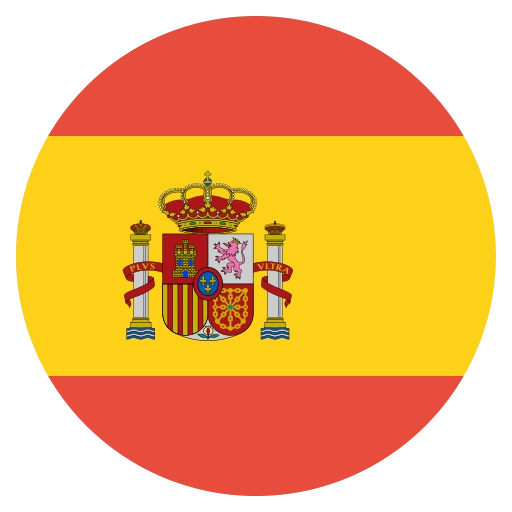
.avif)

